Rising Demand in Agriculture
The Metal Metallic Salt Market experiences a notable surge in demand due to its applications in agriculture, particularly as micronutrients in fertilizers. These salts enhance soil fertility and crop yield, which is increasingly vital as the global population continues to grow. According to recent data, the agricultural sector accounts for a significant portion of the market, with projections indicating a compound annual growth rate of approximately 5% over the next few years. This trend suggests that as farmers seek to optimize production, the reliance on metal metallic salts will likely increase, thereby driving market growth. Furthermore, the shift towards sustainable farming practices may further bolster the demand for these salts, as they are often viewed as essential components in organic farming initiatives.
Growth in the Electronics Sector
The Metal Metallic Salt Market is witnessing growth driven by the increasing demand from the electronics sector. Metal metallic salts are essential in the production of semiconductors and other electronic components, which are critical for modern technology. With the rise of smart devices and the Internet of Things, the electronics industry is projected to expand significantly, potentially at a rate of 6% annually. This growth is likely to create a robust demand for metal metallic salts, as manufacturers seek to enhance the performance and efficiency of their products. As technology continues to evolve, the Metal Metallic Salt Market may find itself at the forefront of this dynamic landscape.
Expansion in the Chemical Industry
The Metal Metallic Salt Market is poised for growth due to the expansion of the chemical industry, which utilizes these salts in various applications, including catalysts and reagents. The chemical sector has shown resilience and adaptability, with a projected growth rate of around 4% annually. This expansion is likely to create new opportunities for metal metallic salts, as they are integral in the production of specialty chemicals and materials. Additionally, the increasing focus on developing high-performance materials may further enhance the demand for these salts. As industries continue to innovate and diversify their product offerings, the Metal Metallic Salt Market stands to benefit from this upward trajectory.
Increasing Environmental Regulations
The Metal Metallic Salt Market is also shaped by the increasing environmental regulations that govern the use of chemicals in various applications. Stricter compliance requirements are prompting industries to seek safer alternatives, which may include specific metal metallic salts known for their lower environmental impact. As regulatory bodies continue to enforce these standards, companies are likely to adapt by incorporating more sustainable practices into their operations. This shift could lead to a re-evaluation of the types of metal metallic salts utilized, potentially favoring those that meet stringent environmental criteria. Consequently, the market may experience a transformation as it aligns with these regulatory trends.
Technological Innovations in Manufacturing
Technological advancements in the production processes of metal metallic salts are significantly influencing the Metal Metallic Salt Market. Innovations such as improved synthesis methods and enhanced purification techniques are leading to higher quality products and reduced production costs. This evolution in manufacturing technology is expected to increase the availability of metal metallic salts, thereby expanding their applications across various sectors, including electronics and pharmaceuticals. As companies invest in research and development, the market may witness a shift towards more efficient and sustainable production practices. This trend not only enhances competitiveness but also aligns with the growing demand for environmentally friendly solutions, potentially driving market growth.


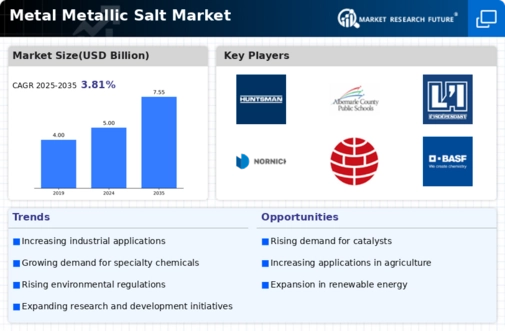
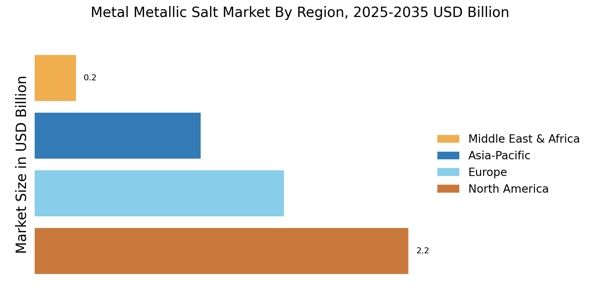
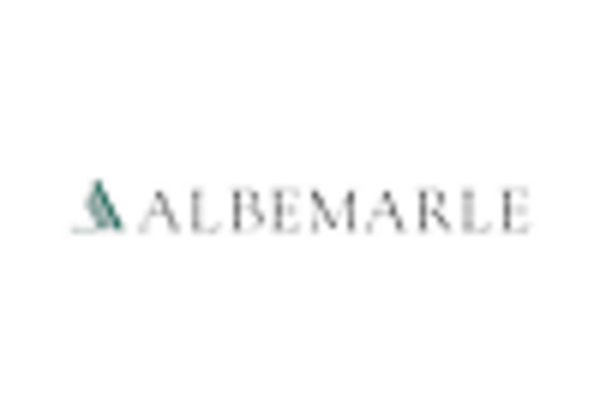


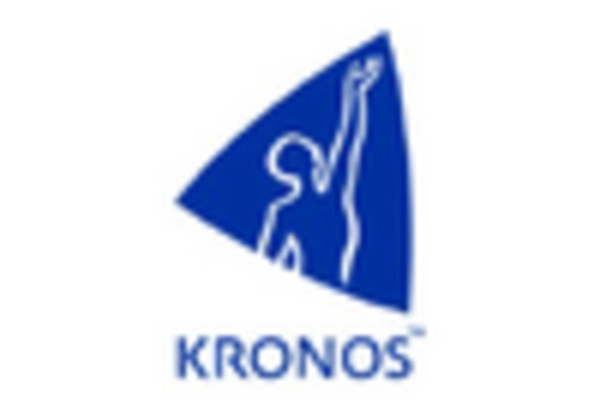
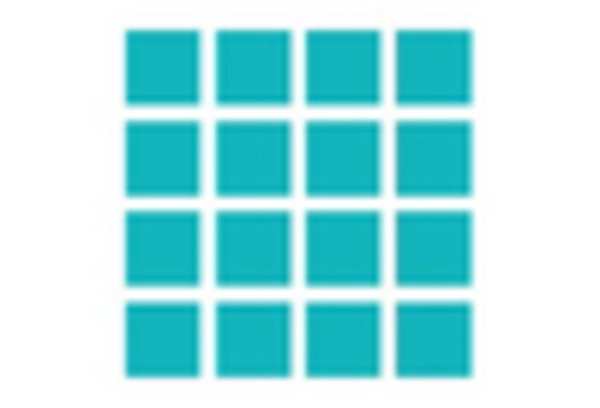
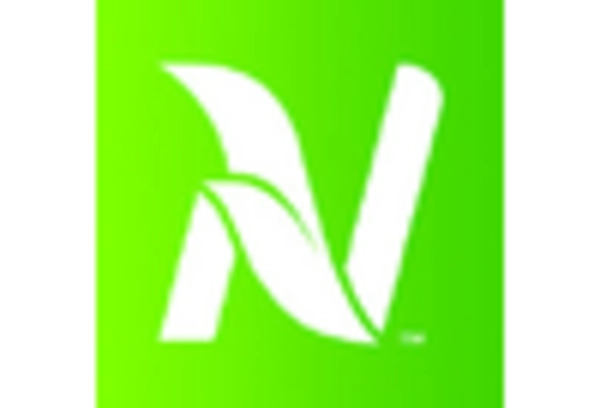








Leave a Comment